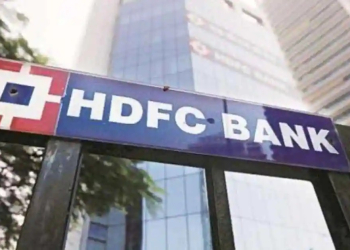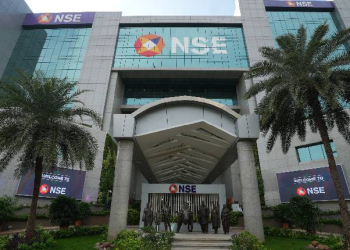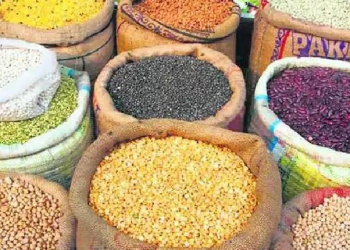New Delhi: Global tightening of monetary policies are expected to dent demand as well as prices of crude oil.
Fears of inflationary pressures has led many central banks to tighten money supply. The trend will lead to higher interest rates and, in theory, should curb inflation.
Besides, Brent crude oil prices have been steadily coming down due to rising supplies being pumped out by the US.
Currently, the Brent crude oil prices are hovering in the range of $104-$110 in the last few weeks from the peak of $140 per barrel touched in early March.
Furthermore, high crude oil prices are significant for India since they determine domestic petrol and diesel cost.
At present, India imports 85 per cent of its crude oil needs.
Till now, the high crude oil cost has led state-owned oil marketing companies to increase the retail selling prices of petrol and diesel by Rs 10 in New Delhi.
These prices were revised for the very first time on March 22 after a gap of more than 4 months.
“Crude oil prices are expected to stay at a relatively lower level on the back of rising inventories and the US’s release of domestic stocks,” IIFL Securities VP, Research, Anuj Gupta, said.
“Although the Russia-Ukrainian issue might be cooling down, the Brent may test possible levels of $98 to $95 levels.”
Kshitij Purohit, Lead of Commodities and Currencies, CapitalVia Global Research, said: “Brent closed at $102.35 up around 1.76 per cent on last Friday. FOMC meeting is going on and a rate hike will impact the commodity prices next week.”
“A 0.25 basis points rate hike is expected which will absorb extra liquidity from the economy to control inflation worldwide. Short term range is $97-$108.”
Dilip Parmar, Research Analyst, HDFC Securities, said: “As long as crude oil price trades above $97, the outlook remains bullish while on higher side, $110 could be capped.”
“From the economic data front, retail inflation number, ECB meeting and Crude oil inventories to be watched for direction in crude oil prices.”
(IANS)




















